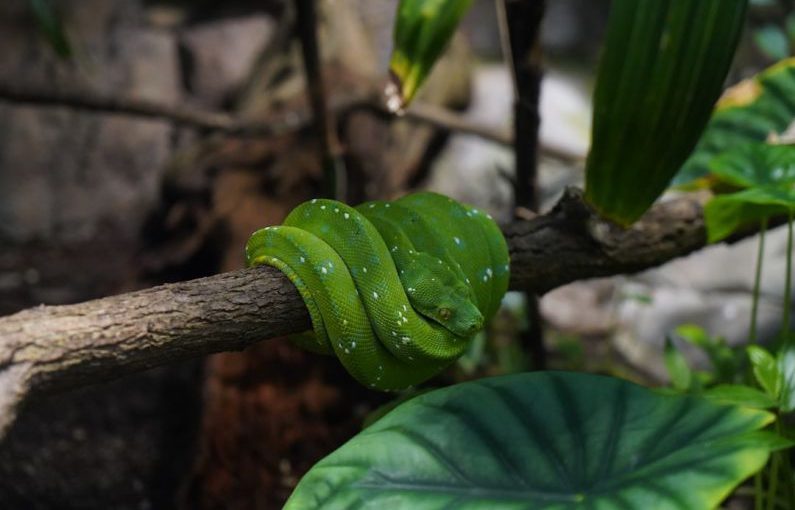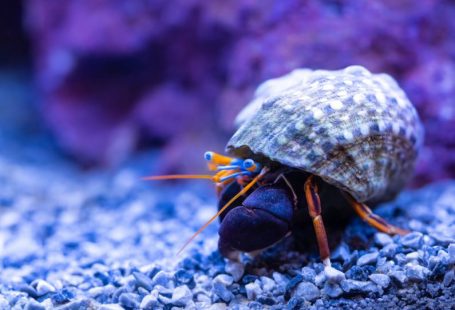When it comes to maintaining a healthy aquatic environment for your fish and plants, one crucial element to consider is the level of carbon dioxide (CO2) in your aquarium. CO2 plays a vital role in the overall health and growth of aquatic life, making it essential for aquarium enthusiasts to understand its significance and how to properly manage it within their tanks.
Understanding the Importance of CO2
Carbon dioxide is a colorless, odorless gas that is naturally present in the atmosphere. In an aquarium setting, CO2 is produced through the respiration of fish and other aquatic inhabitants, as well as the decomposition of organic matter. Plants also play a significant role in the carbon cycle of an aquarium, as they absorb CO2 during photosynthesis and release oxygen as a byproduct.
Maintaining the right balance of CO2 in your aquarium is crucial for the health and well-being of your aquatic plants and fish. Insufficient levels of CO2 can lead to poor plant growth, algae overgrowth, and stressed fish. On the other hand, excessive CO2 levels can cause fluctuations in pH levels, oxygen depletion, and harm to your aquatic inhabitants.
Monitoring CO2 Levels
To ensure the optimal health of your aquarium, it is essential to monitor and regulate the CO2 levels effectively. There are several methods available to measure the concentration of CO2 in your tank, including test kits, drop checkers, and electronic CO2 monitors. Regular testing and monitoring of CO2 levels will help you maintain a stable environment for your aquatic life.
One critical aspect to consider when managing CO2 levels is the importance of consistency. Fluctuations in CO2 levels can stress your fish and plants, leading to health issues and decreased growth. By maintaining a stable and appropriate CO2 concentration, you can create a healthy and thriving ecosystem in your aquarium.
Implementing CO2 Injection Systems
For aquarium hobbyists looking to enhance plant growth and overall vitality in their tanks, CO2 injection systems can be a valuable tool. These systems deliver a controlled amount of CO2 directly into the water, providing plants with the carbon they need to thrive. CO2 injection systems come in various forms, including diffusers, reactors, and CO2 cylinders, allowing you to choose the option that best suits your tank size and setup.
When introducing a CO2 injection system to your aquarium, it is crucial to start slowly and monitor the impact on your aquatic environment. Gradually increase the CO2 dosage while observing plant growth and fish behavior to ensure that the levels remain within the optimal range. Properly adjusting and maintaining your CO2 injection system will help you achieve lush plant growth and a balanced ecosystem in your aquarium.
Balancing CO2 with Lighting and Nutrients
In addition to managing CO2 levels, it is essential to consider the interplay between carbon dioxide, lighting, and nutrients in your aquarium. Plants require a harmonious balance of these elements to thrive and grow successfully. Adequate lighting is necessary for photosynthesis to occur, while nutrients such as nitrogen, phosphorus, and potassium are essential for plant growth.
When adjusting CO2 levels in your aquarium, it is crucial to also consider the intensity and duration of lighting, as well as the availability of nutrients for your plants. By striking a balance between CO2, lighting, and nutrients, you can create an optimal environment for plant growth and ensure the overall health of your aquatic ecosystem.
Maintaining a Healthy Aquarium Ecosystem
In conclusion, the role of CO2 in your aquarium is undeniably significant in creating a thriving and balanced ecosystem. By understanding the importance of CO2, monitoring levels consistently, implementing CO2 injection systems effectively, and balancing CO2 with lighting and nutrients, you can promote healthy plant growth and ensure the well-being of your aquatic inhabitants. With proper care and attention to CO2 levels, you can enjoy a vibrant and flourishing aquarium that brings joy and beauty to your home.





